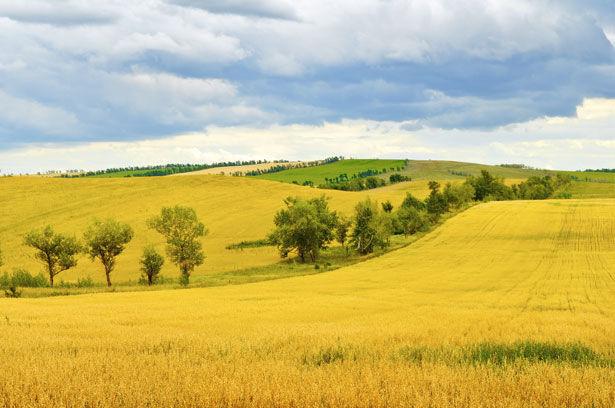As healthcare in rural areas becomes harder to access throughout the United States, the Texas A&M Rural and Community Health Institute is aiming to eliminate the disparity through a newly awarded Health Resources and Service Administration (HRSA) grant.
The grant was awarded to the Center for Optimizing Rural Health in September of 2018 and will give the team five years of funding to work with rural hospitals that are in danger of closing. The center was the only one throughout the United States to receive the grant and will offer help to hospitals throughout the nation.
According to Bree Watzak, director of interprofessional healthcare initiatives and co-principal investigator for the center, a team will travel to five hospitals and work on-site. Another 25 hospitals will receive distance connection where they receive Skype calls to work with the hospitals remotely, and the remaining hospital applicants will have access to resources via the center’s website.
“There’s not one solution that will fit everyone, and that’s the approach that we are taking,” Watzak said. “We want to go to each community and work with each community and say, ‘OK who lives here? What exactly do you need in terms of services?’”
Watzak said policies with good intentions could unintentionally negatively affect rural hospitals because the dynamic of the smaller, spatially distant facilities is different from hospitals located in larger cities.
“Rural hospitals across the United States are closing, and the highest rate of closure has occurred in Texas,” Watzak said. “So we’re leading the pack. I think part of that is, we’re a big community, and we’ve got a lot of geography to cover, so we’ve got a lot of hospitals. Texas is at risk.”
Emily Thompson, a student technician at the Southwest Rural Health Research Center in the School of Public Health, is part of the evaluation team for the HRSA grant project.
“What I do is kind of behind-the-scenes work, so I’m working on the evaluation side,” Thompson said. “As a part of the HRSA requirement, we’re evaluating the effectiveness of the program as well as how its structured and run.”
Thompson said the team will soon begin visiting hospital locations to evaluate needs, offer assistance and make sure there are no more rural hospital closures.
“Recently, we’ve seen a pretty significant uptick in the closure of rural hospitals, and most rural areas are really struggling financially and economically,” Thompson said. “It never bounced back after the recession, and so to assist these areas and make sure that there is health care, especially emergency services is really important.”
According to the Federal Office of Rural Health Policy, rural citizens are at the highest risk of chronic diseases, which forms just one of the many healthcare inequalities the rural population faces.
“For rural Americans, there is a disparity in the help that they get,” Watzak said. “With hospitals closing, knowing that our rural Americans are already at a disadvantage, it makes it very critical that we do something now.”
Center for Optimizing Rural Health receives national grant, looks to prevent hospital closures
January 28, 2019
Donate to The Battalion
Your donation will support the student journalists of Texas A&M University - College Station. Your contribution will allow us to purchase equipment and cover our annual website hosting costs.




















